Making an Informed Choice for Orthodontic Treatment
Orthodontic treatment has come a long way in recent years, offering patients more options than ever before. Two popular choices that often come up in discussions about orthodontic treatment are InBrace and Invisalign. While both aim to straighten teeth and improve smiles, they differ in several important aspects.
In this blog post, we will explore the differences between InBrace and Invisalign, enabling you to make an informed decision about which treatment is best suited for you.
The Basics of InBrace
InBrace is a cutting-edge orthodontic treatment that employs lingual braces. These braces are placed on the backside of teeth, making them virtually invisible to others. Unlike traditional braces that require regular adjustments, InBrace utilizes Smartwires, which gradually apply gentle forces to align teeth over time.
To ensure a customized fit for each patient, robots design the brackets and wires according to specific needs.
Understanding Invisalign
On the other hand, Invisalign is a renowned clear aligner system that employs a series of personalized, transparent plastic aligners. These aligners are removable and need to be replaced every few weeks to accommodate the progress of treatment. Invisalign offers a discreet and convenient option for individuals seeking orthodontic correction without the visibility and dietary restrictions associated with traditional braces.
Cost Considerations
One crucial aspect to consider when comparing InBrace and Invisalign is the cost. Generally, InBrace tends to be less expensive than Invisalign. However, it is important to note that costs can vary based on the complexity of your orthodontic needs.
Consulting with an orthodontist will provide a clearer understanding of the costs associated with your specific treatment.
Treatment Duration
Another distinguishing factor between InBrace and Invisalign is treatment duration. In general, InBrace tends to offer shorter treatment times compared to Invisalign. The use of Smartwires in InBrace allows for more efficient tooth movement, potentially reducing the overall treatment time required to achieve desired results.
Invisalign treatments typically take anywhere from 12 to 18 months, depending on case complexity and adherence to recommended aligner usage.
Visibility and Comfort
When it comes to visibility, both InBrace and Invisalign offer discreet options for orthodontic treatment. InBrace lingual braces are completely hidden behind the teeth, making them virtually invisible. On the other hand, Invisalign aligners are transparent and blend in with natural teeth, providing a subtle treatment option for those who prefer less noticeable orthodontic appliances.
In terms of comfort, InBrace tends to cause less discomfort compared to Invisalign. The brackets and wires of InBrace are designed to fit snugly behind the teeth, minimizing irritation to lips and cheeks. Invisalign aligners may cause slight soreness and pressure during the initial adjustment period or when switching to a new set of aligners. However, discomfort is generally manageable and temporary for both treatment options.
Suitability for Different Cases
While both InBrace and Invisalign can address various orthodontic issues, they may be better suited for different cases. InBrace is particularly effective for correcting moderate to severe tooth misalignment and complex bite issues. Invisalign, on the other hand, is ideal for milder cases of tooth misalignment, including crowding and gaps between teeth. Consulting with an orthodontist will help determine which treatment is best suited for your specific dental needs.
Making an Informed Decision
Choosing between InBrace and Invisalign ultimately depends on your unique requirements, preferences, and budget. InBrace offers the advantage of being completely hidden behind teeth, potentially shorter treatment times, and cost-effectiveness. Invisalign, on the other hand, provides the convenience of removable aligners, greater flexibility in diet choices, and a more discreet appearance during treatment.
To make the best decision for your orthodontic journey, it is essential to consult with an experienced orthodontist who can evaluate your oral condition and recommend the most suitable treatment option.
Remember, each person’s orthodontic needs are unique, and what may work for one individual might not be the ideal choice for another.

